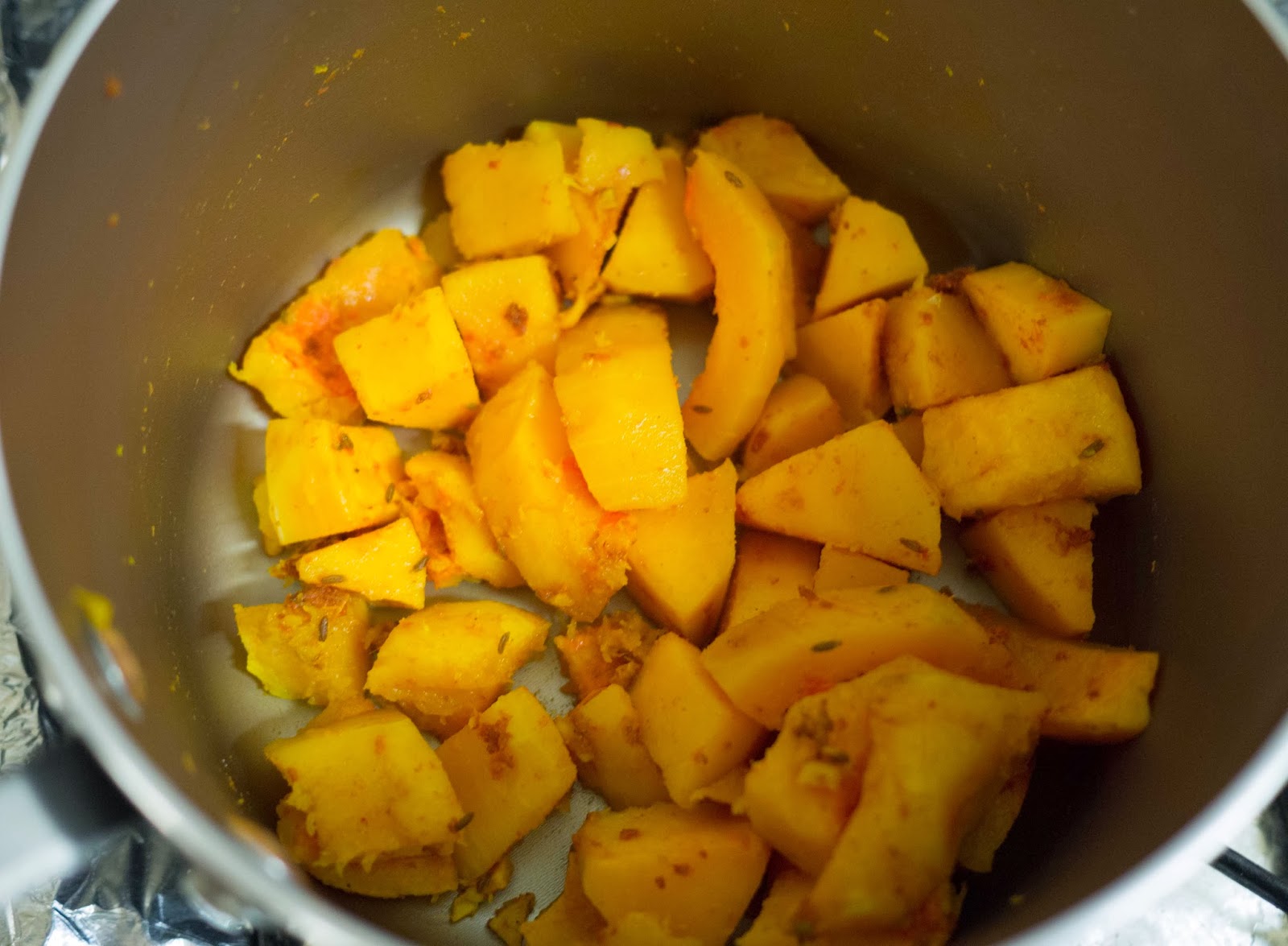This post is not about food. Well, it not about
eating food. Although eating did happen. This post is about Science. With a capital S.
This post is about a molecule called limonene. As you may be able to guess from the name, limonene is what makes citrus fruit smell cirtusy. It looks like this:
 |
| limonene |
For my carbon compounds lab, we extracted limonene from orange peels. If you know anything about organic chemistry, you can see that limonene is made only of carbons and hydrogens. So, it is rather non-polar*. The traditional way to extract limonene is to mix watered orange peel mush with diethyl ether. The diethyl ether is less polar than water, so the limonene goes hangout with its bat-shaped buddy. Then you let the layers separate, like oil and water, and keep just the diethyl ether layer. Yay! But now your limonene is floating around in anesthetic diethyl ether, so you pour your solution into this cool spinning vacuum pump that vaporizes the solvent to purify your limonene.
 |
| diethyl ether (see, it looks like a bat!) |
* A "polar" molecule is one with an uneven distribution of electrons such that one side of the molecule is more negative than the other. This happens because the elements to right side of the periodic table (O, Cl, etc) tend to be more attractive to electrons than elements to the left, like C and H.
Getting limonene is all very great, but you used a fair amount of solvent that must now be disposed of as hazardous waste. This is expensive and not very green. What to do?
Enter carbon dioxide:
 |
| carbon dioxide |
As you can see, carbon dioxide is a linear molecule, so even though the oxygens pull on the electrons, they cancel each other out and neither side of the molecule has a higher electron density than the other. Therefore, CO2 is non-polar. CO2 is also a gas, which makes it not very convenient for dissolving things. However, if you look at the phase diagram below, you can see that we can get liquid CO2 by raising the pressure.
 |
| CO2 phase diagram (from wikipedia) |
To recap: carbon dioxide + pressure = liquid carbon dioxide. liquid carbon dioxide + orange peel = extracted limonene.
Here is the set up for the extraction:
I zested an orange.
With a copper wire and some filter paper, I set up a little stage for the orange peel to be elevated above the bottom of the centrifuge tube.
I packed dry ice (solid CO2) above the orange peel, capped the tube and dropped it into hot water.
Here pressure builds up in the tube and the carbon dioxide melts, dribbles through the orange peel, taking limonene with it. Since the cap's seal is not completely gas-tight, the carbon dioxide finds ways out and vaporizes, leaving limonene at the bottom of the tube.
I repeated steps 3 and 4 four times to build up limonene at the bottom.
Now I have limonene without generating any hazardous waste! Yes, carbon dioxide is a greenhouse gas, but the dry ice was made from CO2 that was already in the atmosphere, so there is no net harm.
Here is a video of the dry ice melting:
Of course, at the end of the lab period, we all ate our oranges!






















































